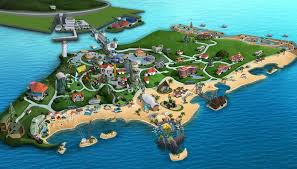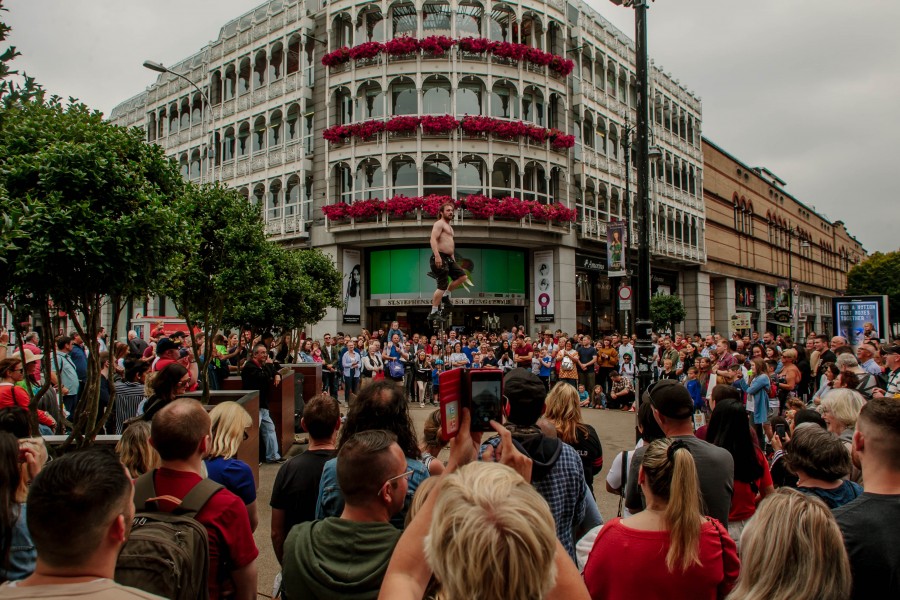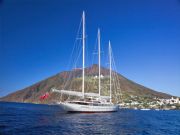The history of tourism: from the XVII century to the present day
 In the seventeenth century, the popularity of spas grew in the UK and a little later on the European continent, as people began to learn more about the therapeutic quality of mineral water. Treatment at the resort quickly acquired the character of an indicator of social status. Resorts have somewhat changed in essence, since the reason for the arrival was just the pleasure. They have become an important center of social life of high society. In the nineteenth century, they were gradually replaced by coastal holiday homes.
In the seventeenth century, the popularity of spas grew in the UK and a little later on the European continent, as people began to learn more about the therapeutic quality of mineral water. Treatment at the resort quickly acquired the character of an indicator of social status. Resorts have somewhat changed in essence, since the reason for the arrival was just the pleasure. They have become an important center of social life of high society. In the nineteenth century, they were gradually replaced by coastal holiday homes.
Sun, sand and beach resorts
Sea water has become associated with good health. Therefore, the first visitors to health resorts drank it and did not bathe in it. At the beginning of the eighteenth century, small marine hospitals appeared in the UK, where travelers drank and bathed in sea water. Due to the overcrowding of resorts within the country, the popularity of new sea hospitals has increased.
The beginning of shipping in the 19th century made it possible to establish more resorts. Seaside resorts gradually became a place of social meetings. The industrial revolution played a significant role in the development of travel in the western direction. Rapid urbanization due to industrialization led to mass immigration from the city. These people went on trips, wanting to escape from their surroundings, tried to hide in the midst of natural beauty, often in villages. Fleeing from routine, physical and psychological stress, they strove for a leisurely pace in the countryside.
Highlights of Travel in the Nineteenth Century
Railroad development initially served as a catalyst for business travel and then travel for leisure. Gradually, special trains began to go only to places of recreation and entertainment.
Researchers such as Thomas Cook have organized diverse trips.
European countries have actively developed the tourism business for business trips, for the purchase of raw materials and the sale of finished products.
The invention of photography and its use contributed to the status and increase the number of trips abroad.
The first hotel chains were formed, initiated by the railway companies that established the station hotels.
The popularity of coastal resorts has grown, which turned out to be attractive both for tourists who went on a day trip, and for the elite, for gamblers.
There were a variety of routes, types of destinations, ski resorts, climbers stations, etc.
The technological development of the shipping company has facilitated travel between North America and Europe.
Direct sea routes opened to India and the Far East through the Suez Canal.
Following the cult of travel guides, the development of photography followed.
Tourism in the 20th century
The First World War made it possible to get a certain idea of countries and for the first time aroused a sense of curiosity for international travel among the poorer sections of society. The large scale of migration to the United States meant numerous travels across the Atlantic Ocean. The advent of private cars has helped develop domestic tourism in
Europe and the West. In the UK, families began to travel annually to sea resorts, the popularity of which has increased in other Western countries. A variety of hotels have spread to these destinations.
Also, the emergence of post-war air tourism has increased interest in international travel. The aviation industry has given this interest a form of mass tourism. The surplus of aircraft and the growth in the number of private airlines stimulated air traffic. Regarding foreign travel, airplanes have become more convenient, faster and undoubtedly cheaper.
With the commissioning of the Boeing 707 in 1958, the era of mass air travel began. The beginning of charter flights contributed to the growth of the tourism market and led to the creation of organized mass tourism. The Boeing 747, a 400-seat aircraft, dramatically reduced the cost of flights. Sea resorts in the Mediterranean, North Africa and the Caribbean were originally the most popular destinations for mass tourism.
The corresponding growth in the hotel industry has led to the creation of hotel chains around the world. In the 70s, people began to explore new alternative directions. Hare Krishna movement and transcendental meditation lured crowds of tourists to Nepal and India. The beginning of the period of individual travels in a significant volume occurred only in the 80s. The possibility of air travel has also led to a steady increase in the number of business trips, especially with the advent of national companies with a large staff.




